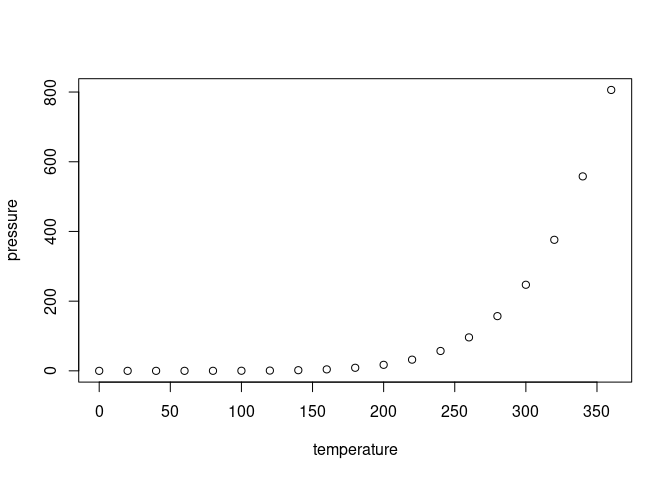The goal of foofactors2 is to …
You can install the released version of foofactors2 like so:
devtools::install_github("bjwiley233/foofactors2")This is a basic example which shows you how to solve a common problem:
library(foofactors2)
## basic example code
a <- factor(c("character", "hits", "your", "eyeballs"))
b <- factor(c("but", "integer", "where it", "counts"))The fbind() function glues two factors together and returns factor.
fbind(a, b)
#> [1] character hits your eyeballs but integer where it
#> [8] counts
#> Levels: but character counts eyeballs hits integer where it yourWhat is special about using README.Rmd instead of just README.md?
You can include R chunks like so:
summary(cars)
#> speed dist
#> Min. : 4.0 Min. : 2.00
#> 1st Qu.:12.0 1st Qu.: 26.00
#> Median :15.0 Median : 36.00
#> Mean :15.4 Mean : 42.98
#> 3rd Qu.:19.0 3rd Qu.: 56.00
#> Max. :25.0 Max. :120.00You’ll still need to render README.Rmd regularly, to keep README.md
up-to-date. devtools::build_readme() is handy for this. You could also
use GitHub Actions to re-render README.Rmd every time you push. An
example workflow can be found here:
https://github.com/r-lib/actions/tree/master/examples.
You can also embed plots, for example:
In that case, don’t forget to commit and push the resulting figure files, so they display on GitHub and CRAN.
